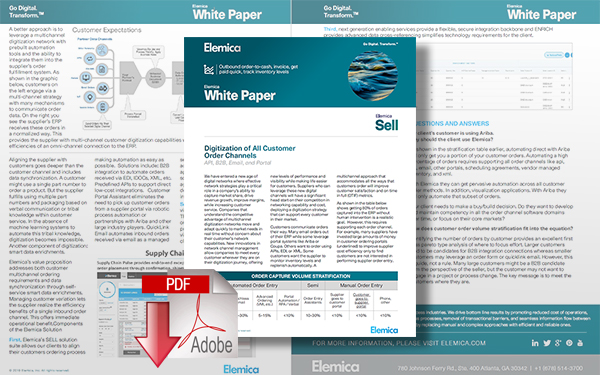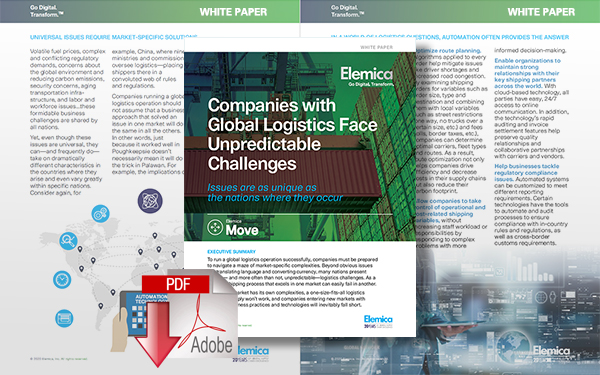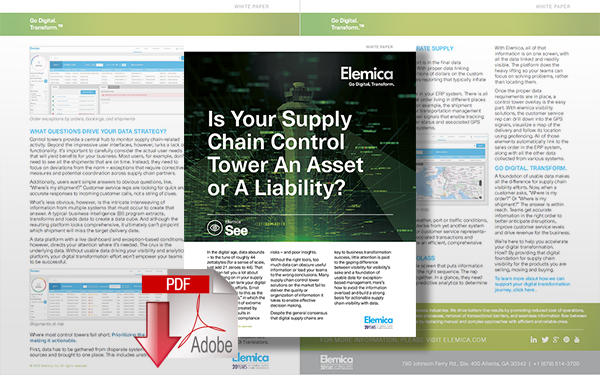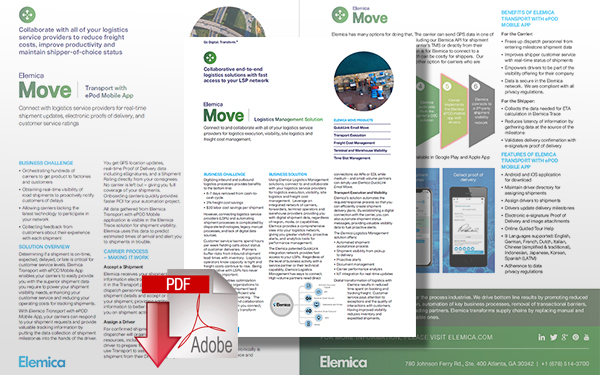Application Programming Interface Management Ensures Flexibility and Frees Resources

Using established API management platforms lets CIOs and CDOs save time and reduce complexity, freeing resources to run an API program that supports business goals.
Public and Internal APIs Need to Be Secured, Controlled and Optimized
Programmableweb.com lists a number of 22.885 public APIs: Within the last five years, this number has more than doubled.
However, it only includes APIs that are accessible externally.
Apart from that, there is a high number of internal APIs: The number of those is, according to the experts at Crisp Research, likely to be three to four times higher.
Simply having those programming interfaces is of course not enough: Like other software components, these numerous connection points need to be kept up to date, developed, managed, secured, controlled, and optimized. If they are not, problems can arise.
This requires structured API management, which ensures reliability, flexibility, quality, and speed.
To achieve these goals and ensure that both public and internal APIs can be used and are secure, such a solution should at a minimum have access controls, rate limits, and usage policies.
Using established API management platforms lets CIOs and CDOs save time and reduce complexity, freeing resources to run an API program that supports business goals.
API management solutions should cover the following areas:
- Interface Catalogue: The catalog acts as an API directory or registry.
- Developer Portal: Such portals are among the best practices of API management. They are typically used to provide API documentation and onboarding processes for developers (such as registration and account management).
- API Gateway: An API Gateway is the single point of entry for all clients. The Gateway also defines how Clients interact with the APIs by applying these policies.
- API Lifecycle Management: APIs must be manageable from design through implementation to the end of their lifecycle.
- Analytics: You need to know your APIs at all times, for example, which API is called by which customer/app and how often. You also need to know how many APIs were faulty and why.
- Support for API Monetization: Monetize access to the microservices behind the APIs through usage agreements. API management allows you to define such contracts based on metrics (such as the number of API calls). Consumers can be divided into different levels of access, each of which is then offered a different quality of service.
The performance of the APIs must be ensured as well as their up-to-dateness, which is why a central part of management is also the maintenance of the interfaces and the management of their life cycle.
In addition, it is important to provide all appropriately legitimated users and developers with up-to-date information (API documentation) in order to optimize interface use and avoid errors.
The Elemica API Management Store, launching soon, is an example that meets all these requirements for a well structured API management: Elemica will offer the download of several open Supply Chain orders, shipment, and visibility APIs. Documentation and technical support will be available to answer any specific questions that may occur implementing the APIs. Each API is also kept continuously up to date via automatic version control.
Related: Building a Stronger, More Agile and Resilient Supply Chain through Application Integration
Related Resources
Digitization of All Customer Order Channels - API, B2B, Email, and Portal
This white paper describes a company’s ability to capture market share, drive revenue growth, improve margins while increasing customer service is improved by connecting to a multichannel digitization network. Download Now!
Companies with Global Logistics Face Unpredictable Challenges
This white paper describes how automation technology helps companies manage market-specific issues by delivering full visibility into all facets - and every location - of their shipping and logistics operations. Download Now!
Is Your Supply Chain Control Tower an Asset or a Liability?
This whitepaper explains how to avoid information overload and build a strong basis for actionable supply chain visibility with data. Download Now!
The Elemica MOVE | Logistics Management Solutions
Connect to and collaborate with all of your logistics service providers for logistics execution, visibility, site logistics, and freight cost management, and digitize shipment responses quickly and cost-efficiently from your transportation providers for shipment booking and milestone visibility. Download Now!
More Elemica Resources
Article Topics
Elemica News & Resources
The Pharmaceutical Supply Chain Reform We’re Not Talking Enough About – Logistics & Transportation Application Programming Interface Management Ensures Flexibility and Frees Resources Is Your Supply Chain Control Tower an Asset or a Liability? Elemica Announces David Muse as Chief Executive Officer The Current State of Digital Supply Chain Transformation Building a Stronger, More Agile and Resilient Supply Chain through Application Integration Don’t Just Map Out Your Supply Chain Geographically but Geopolitically Too! More ElemicaLatest in Technology
South Korea Finally Overtakes China in Goods Exported to U.S. SAP Unveils New AI-Driven Supply Chain Innovations U.S. Manufacturing is Growing but Employment Not Keeping Pace The Two Most Important Factors in Last-Mile Delivery Spotlight Startup: Cart.com is Reimagining Logistics Walmart and Swisslog Expand Partnership with New Texas Facility Taking Stock of Today’s Robotics Market and What the Future Holds More Technology


















